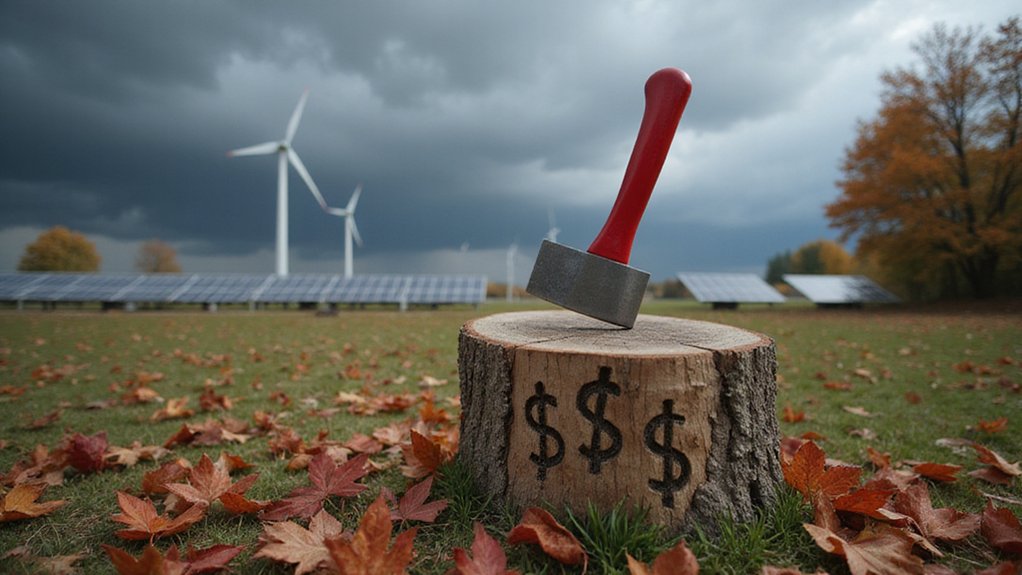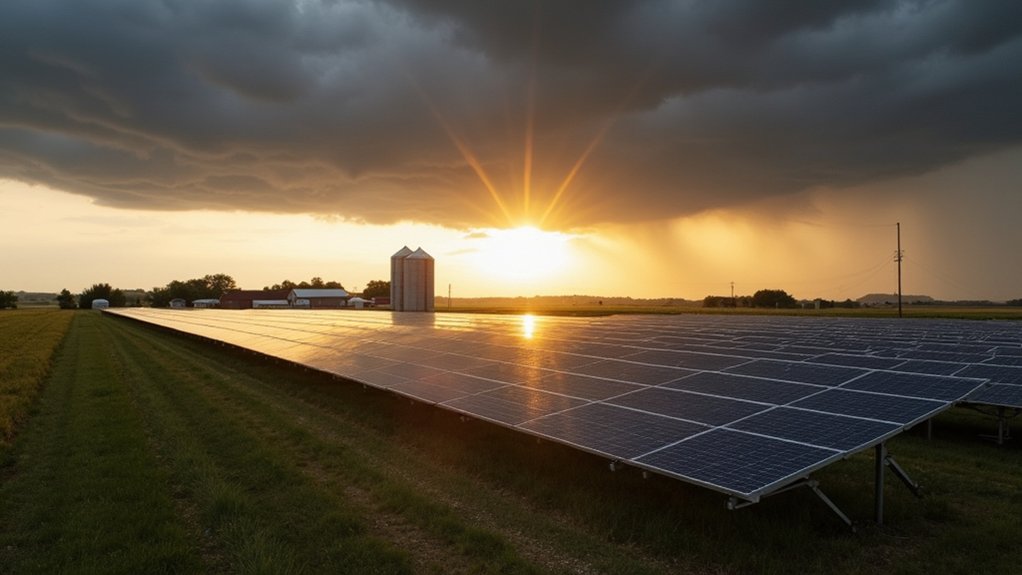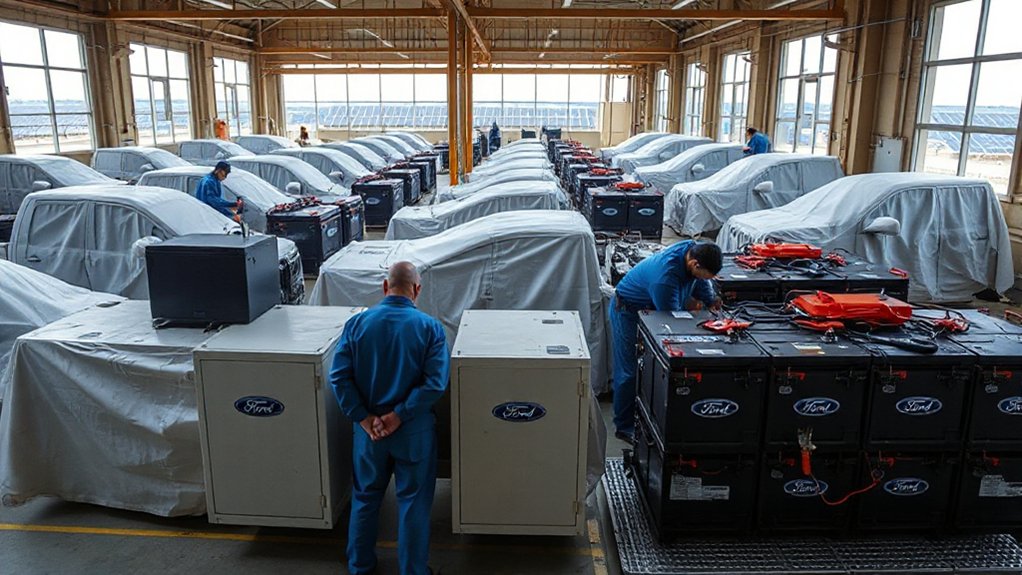Nearly a third of America’s land belongs to its people—all 640 million acres of federal territory. This massive expanse is overseen by various agencies like the Bureau of Land Management and the Forest Service.
America’s shared inheritance: 640 million acres of public land, managed for the people by federal agencies.
But lately, these public lands have become a fossil fuel bonanza. Record-breaking, actually. Oil production on federal lands hit an all-time high of 1.7 million barrels daily in 2024. That’s 13% of total US production—up from just 5% in 2010. In fifteen years, federal land oil extraction jumped sixfold. Pretty impressive growth curve, if you’re into that sort of thing.
Recent policy shifts have made this possible. Executive orders with catchy names like “Unleashing American Energy” have prioritized drilling and mining. Environmental protections? National monuments? Arctic wildlife refuges? All on the chopping block. The message is clear: drill, baby, drill.
Meanwhile, renewables are getting the cold shoulder on public lands. Less than 0.5% of federal territory hosts solar, wind, or geothermal projects. This approach directly contradicts the urgency of addressing global temperature rise that has already reached approximately 1°C. Funny how that works. The Bureau of Land Management sits on 22 million acres suitable for renewable development—with potential for 2,819 gigawatts of clean energy—but actual deployment is laughably small.
The contrast is stark. Fossil fuel permits flow freely while renewable projects face regulatory hurdles, procedural labyrinths, and political resistance. It’s almost like the deck is stacked.
Americans are split on the issue. About a third want more drilling on public lands, while 28% prefer less. No surprises—it breaks along political lines. Republicans (57%) generally want more drilling; Democrats mostly want less.
The current trajectory puts over 13.5 million additional acres at risk of development. That’s a lot of pristine land potentially converted to pump jacks and well pads. The scrapping of the BLM Renewable Energy Rule further threatens responsible solar and wind development on these public lands. This trend continues despite energy executives expressing concerns about volatile markets and policy shifts affecting future production stability.
Public lands belong to all Americans. The current policy direction favors one energy source over others. Clean energy sits waiting while fossil fuels race ahead. Some might call that picking winners. Others might call it something else entirely.
References
- https://www.nrel.gov/news/detail/program/2025/vast-federal-lands-have-potential-for-renewable-energy-but-only-a-small-fraction-is-needed
- https://www.thenewlede.org/2025/07/us-oil-production-public-lands/
- https://www.wilderness.org/articles/press-release/map-illustrate-public-lands-reach-trump-energy-dominance
- https://www.pewresearch.org/science/2025/06/05/views-on-trump-administration-energy-policies-and-priorities/
- https://lewisbrisbois.com/newsroom/legal-alerts/trump-administrations-2025-energy-policy-roundup-part-1-fueling-a-fossil









